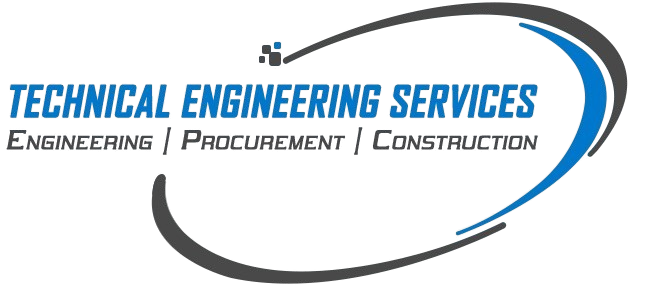At Technical Engineering Services, we provide Cable Laying, Termination, and Testing services to ensure your electrical systems are installed and maintained to the highest standards. Proper cable installation is crucial for the safety, efficiency, and longevity of any electrical network. Our expert team handles all stages of cable work, from laying and terminating to testing and fault detection, to ensure your system operates smoothly and reliably.
Cable Laying
Cable Termination
High Voltage Cable Testing
DC Conductor Resistance Test
Sheath Integrity Test
Loop Integrity Test
Phase Identification Test
Cable Fault Location
Cable Insulation Resistance Testing
